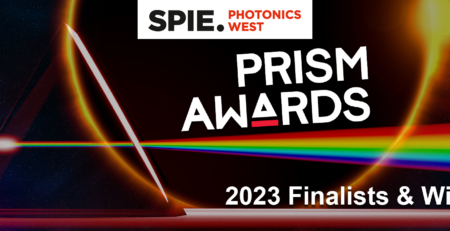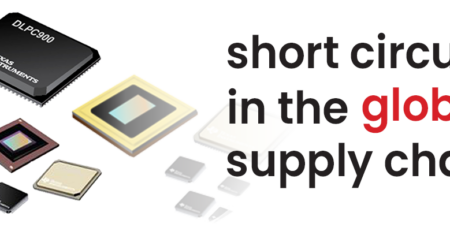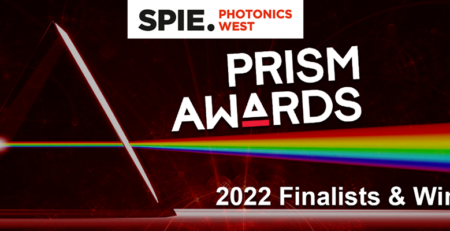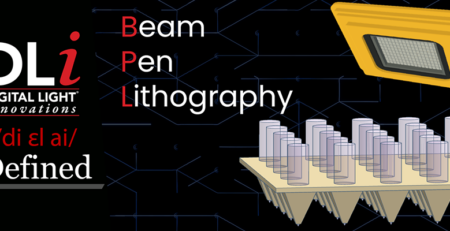DLideas 2: Optogenetics
Trevor Hendricks2023-10-27T14:04:37+00:00The DLideas series focuses on current developments in the world of DLP® and emerging applications using this technology.
Optogenetics is the combination of optics and genetics to control and monitor the activity of individual neurons within living tissue and to precisely measure the effects of those manipulations in real time.
Optogenetics is one of the fastest growing applications using DLP® technology. Some of the common applications associated with optogenetics include neuroscience, biomedical imaging, cell stimulation, and microscopy. The optogenetics approach offers an enormous potential for basic research because cell stimulation can be performed simply by light. Not only does the optogenetic method provide new opportunities to analyze cell networks and culture, it also opens the door for more detailed studies which otherwise haven’t been possible. Other potential benefits optogenetics offers are mapping of the brain and behavior, recovery of vision and gene therapy.
DLP® provides scientists and researchers a wide array of innovative tools to help further and progress medical breakthroughs and new findings. Digital Light Processing also provides the capability to project user-defined temporal as well as spatial illumination patterns with a wide range of wavelengths. For example, all DMDs are optically efficient from 350 -2500 nanometers. This enables users to work with a wider range of light, everything from visible UV to infrared. DMDs are also capable of extremely high temporal resolution without sacrificing spatial resolution.
In addition to the high-resolution benefits of DLP®, DMDs are also capable of reaching up to 23 kilohertz pattern rates binary as well as 500 Hertz 8-bit grayscale. Additionally, DLP® allows for a wide array of user controls that can be set specific to the application – everything from pattern rate, pattern bit-depth, LED controls such as strobing and brightness, as well as syncs and triggers.






